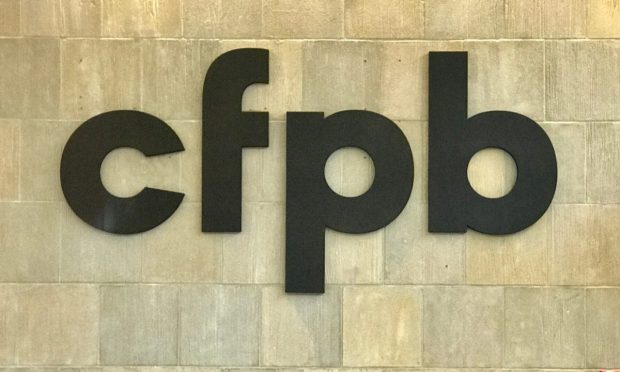The CFPB and the ‘Junk Fee’ Investigation: 3 Challenges Ahead

The Consumer Financial Protection Bureau (CFPB) closed its public consultation on junk fees April 11. Two days later, the agency published a blog post highlighting the $1 billion savings that consumers will soon obtain thanks to the elimination of non-sufficient fund (NSF) fees on their checking accounts.
The CFPB is engaging in advocacy efforts to encourage banks to reduce NSF and overdraft fees. However, the agency “is closely scrutinizing whether and when charging these fees may be unlawful,” suggesting that other legal actions are on the table.
The next steps in the “junk fee” investigation aren’t clear yet, but both rulemaking and enforcement actions are distinct possibilities. However, the CFPB may face three challenges, given the nature of this investigation and the data available.
- One Size Doesn’t Fit All
Since the announcement of this investigation, the CFPB has put in the same basket different types of fees, with different purposes and different industry players involved. These include regulated and unregulated fees. For instance, credit card fees are subject to strict disclosure requirements and caps established in the Truth in Lending Act (TILA) and the CARD Act. Similarly, overdraft fees are subject to transparency requirements. This is different from other service fees like “resort fees” referred to by the CFPB that may not be regulated. Thus, the agency could face an uphill battle if it tries to adopt the same measure for all these different fees.
- Competition
The CFPB recently published two blog posts, one in February and one in April, announcing that some banks have scrapped their NSF fees, or they are planning to do so. The agency also published a report March 29 with data on credit card late fees showing that these fees have been in decline in the last years, and they were below the maximum cap. Additionally, the report also acknowledged that there are more and more companies offering credit cards without late fees. While the CFPB praised itself for helping in reducing or scrapping NSF and overdraft fees, the data also suggested that these lower (or no) fees may be the result of a competitive market. New products are coming on the market as a result of this competitive environment with low or no fees, including, for instance, buy now, pay later (BNPL) or Bank On accounts. These are new deposit accounts at low or no fees, but with basic functions. Therefore, the success claimed by the CFPB in reducing certain fees may be the result of healthy competition due to innovation by FinTech companies or traditional lenders. This would render intervention in the market more difficult to justify.
- The Alternative Scenario
The CFPB has many options available if it decides to intervene. It may reduce the cap on credit card fees, it may adopt new rules requiring more disclosure of fees, or it may open new probes against specific companies, just to name a few. The problem the agency may face is that by eliminating a fee, it may also eliminate or limit access to the associated service, for instance, the overdraft in a deposit account, which many clients consider useful. Additionally, companies may be compelled to scrap or cut one fee, but they could create new fees or increase the prices of other services to offset the economic impact. Thus, by looking at one small part of a company’s business, the CFPB may be considering remedies that could work in the short term but may not necessarily work in the long term.
Read more: CFPB Report Shows Credit Card Late Fees Declining, Below Set Limits
